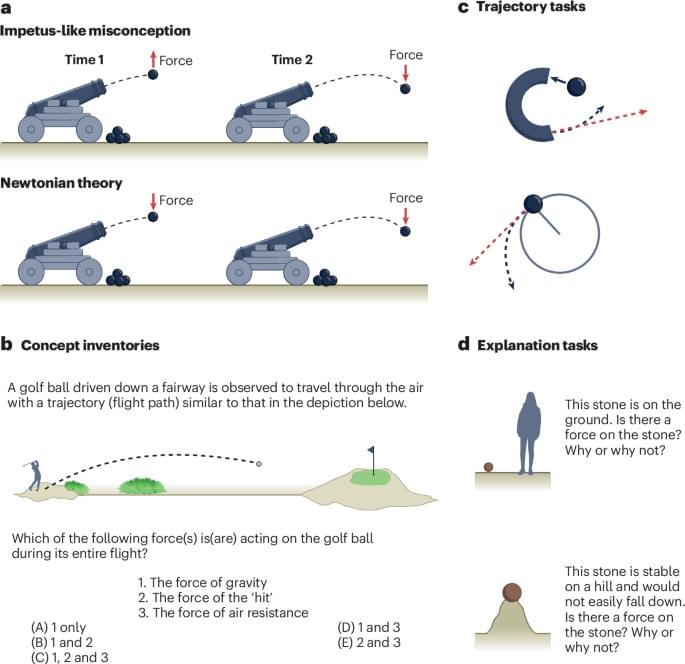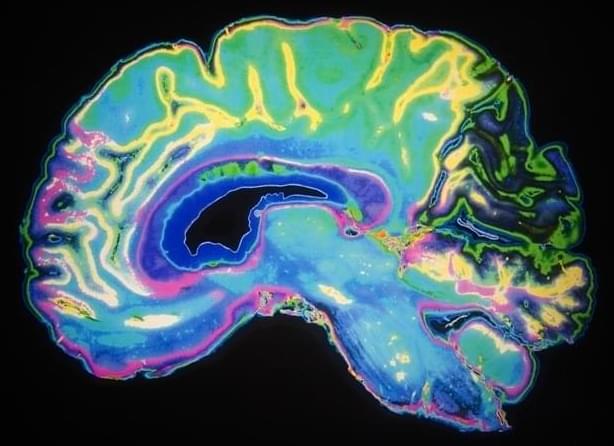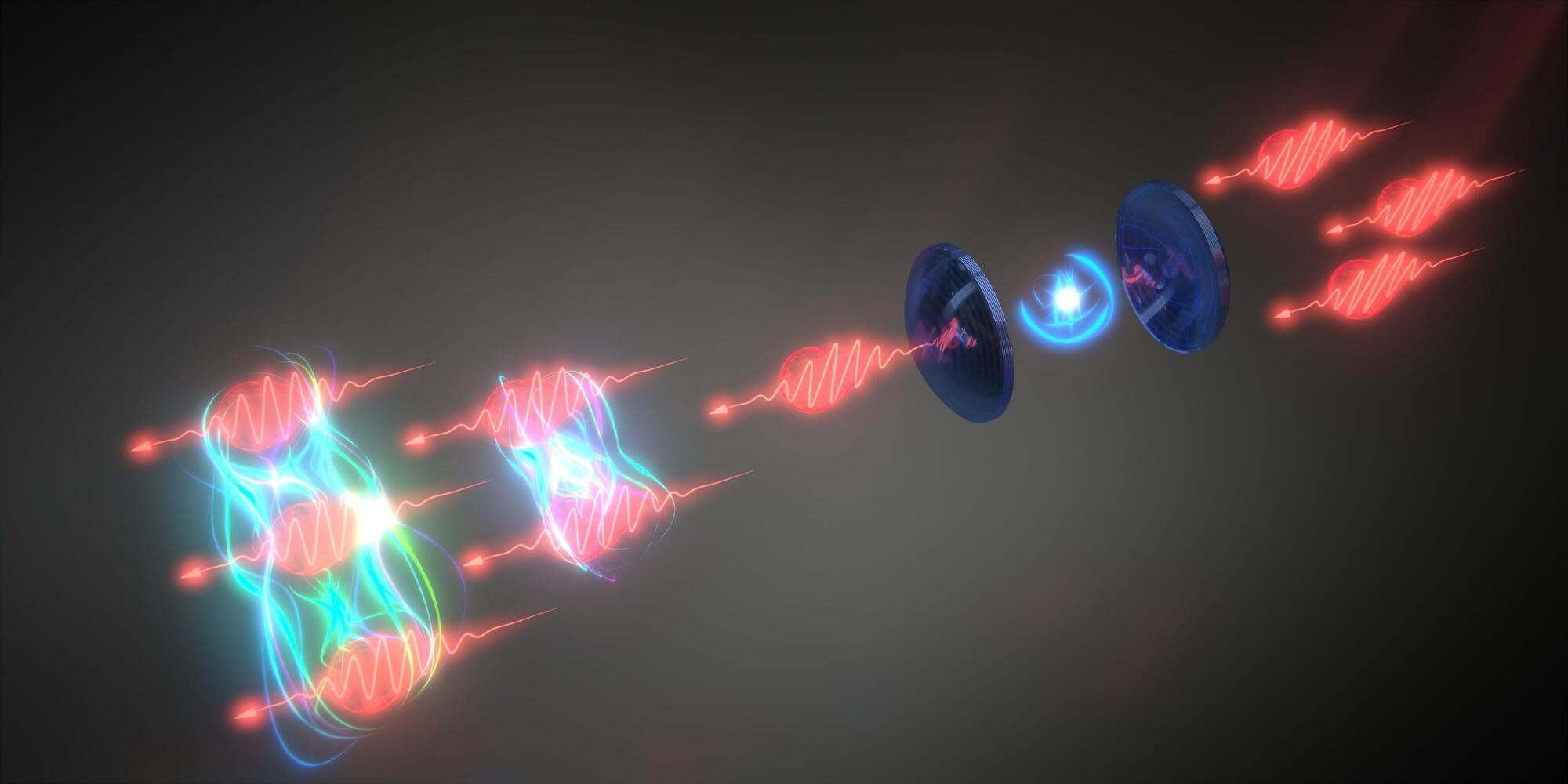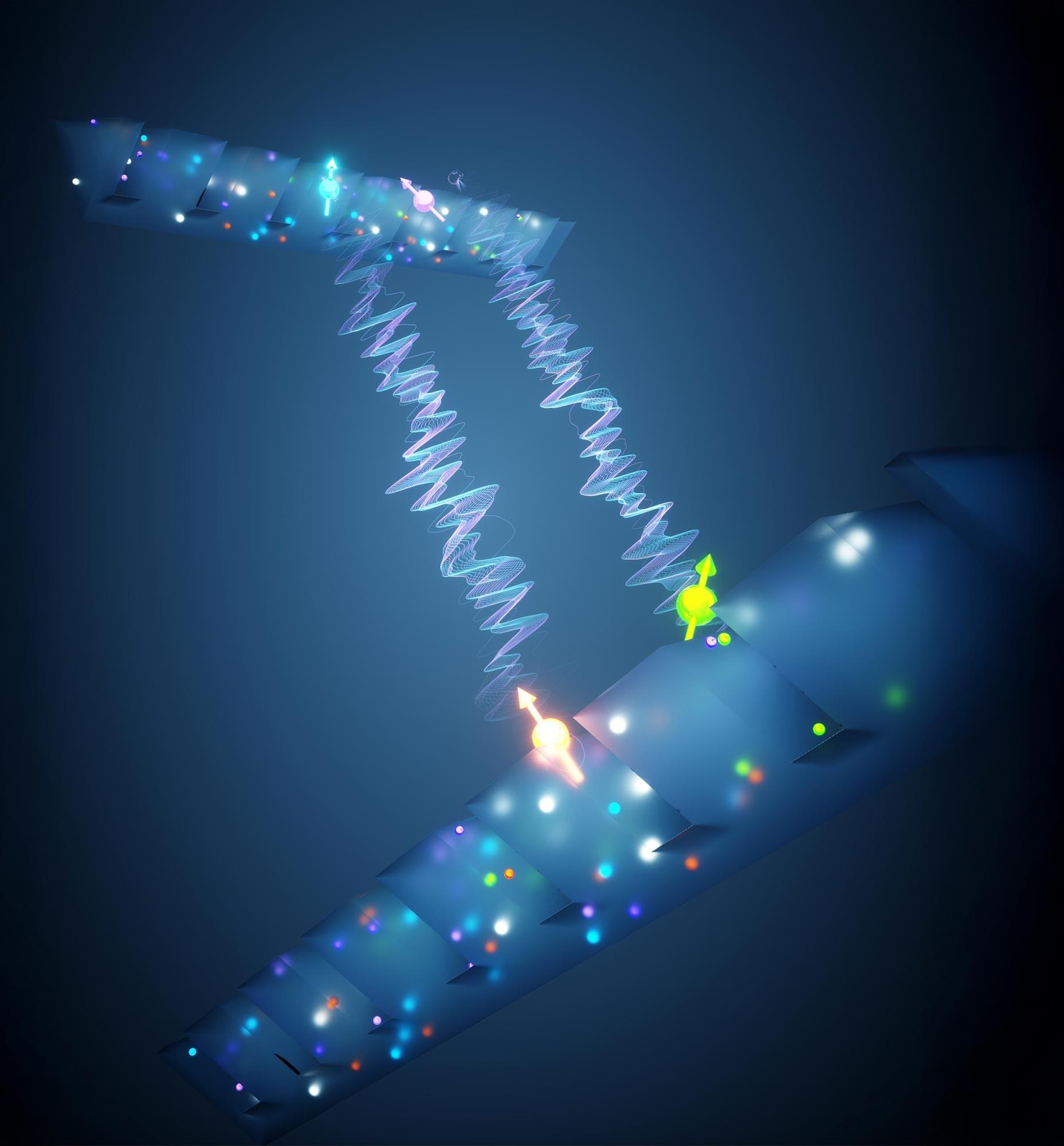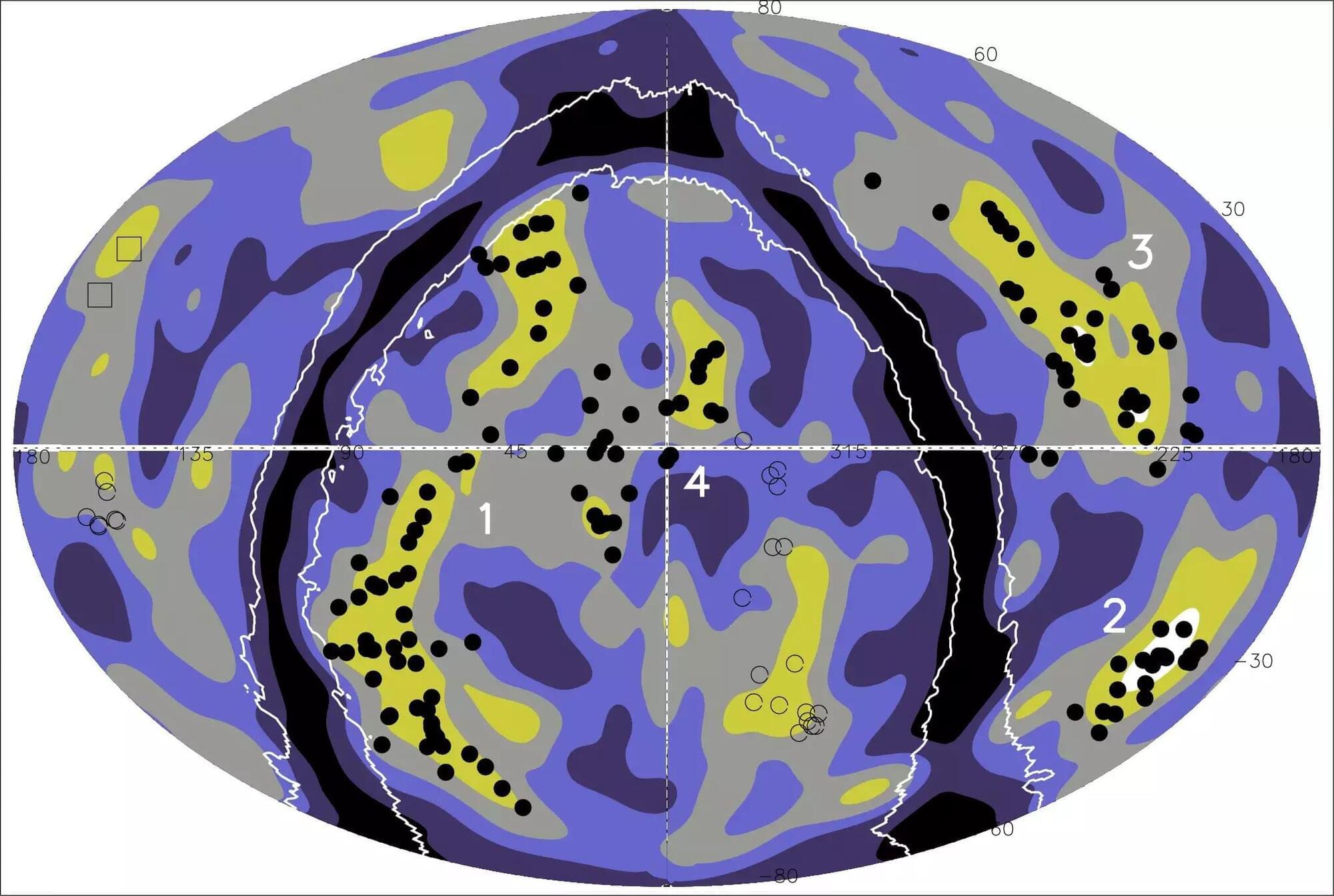Reasoning about the physical world enables people to successfully interact with and manipulate their environment. In this Review, Hartshorne and Jing bridge findings from education, developmental psychology and cognitive science and discuss how best to reconcile these approaches going forward.
A newly identified part of a brain circuit mixes sensory information, memories, and emotions to tell whether things are familiar or new, and important or just “background noise.”
Led by researchers from NYU Langone Health, the work found that a circuit known to carry messages from a brain region that processes sensory information, the entorhinal cortex (EC), to the memory processing center in the hippocampus (HC) has a previously unrecognized pathway that carries messages directly back to the EC.
Publishing online Feb. 18 in Nature Neuroscience, the study results show that this direct feedback loop sends signals fast enough to instantly tag sights and sounds linked to certain objects and places as more important by considering them in the context of memories and emotions.
This quantum light manipulation breakthrough paves the way for unprecedented technologies.
Scientists from the University of Basel and the University of Sydney successfully manipulated and identified interacting packets of light energy, or photons, with unprecedented precision.
This breakthrough, published in Nature Physics, marks the first-ever observation of stimulated light emission at the single-photon level—a phenomenon first predicted by Albert Einstein in 1916.
By measuring the time delay between photon interactions, researchers demonstrated how photons could become entangled in a “two-photon bound state,” opening up new possibilities for quantum computing and enhanced measurement techniques.
This discovery has profound implications for photonic quantum computing and metrology, particularly in fields like biological microscopy, where high-intensity light can damage delicate samples. Dr. Sahand Mahmoodian, a leading researcher on the project, emphasized that harnessing quantum light could lead to more precise measurements with fewer photons. Meanwhile, tech companies like PsiQuantum and Xanadu are already exploring how this research could contribute to fault-tolerant quantum computing. As scientists refine their ability to manipulate quantum light, the door opens to a future of more powerful computing, ultra-sensitive sensors, and revolutionary advancements in technology.
Learn more.
Researchers have typically assumed that both LLVPs are similar to each other in nature, e.g. chemical composition and age, because seismic waves travel through them in similar ways. But a new study, co-authored by Dr. Paula Koelemeijer (Department of Earth Sciences, University of Oxford), has challenged this view by modelling the formation of the LLVPs through time.
By combining a model of mantle convection, including a reconstruction of how tectonic plates have moved over the Earth’s surface over the last billion years, the study has been able to show that the African LLVP consists of older and better mixed material than the Pacific LLVP, which contains 50% more and younger subducted oceanic crust (and therefore is more different to the surrounding mantle). The resulting differences in density could also explain why the African LLVP is more diffuse and taller than its Pacific counterpart.
Dark matter, though invisible, weaves a vast cosmic web that binds galaxies together. For the first time, astronomers have captured a sharp image of one of these filaments, stretching 3 million light-years through space.
Using the powerful MUSE
The Multi Unit Spectroscopic Explorer (MUSE) is a panoramic integral-field spectrograph on ESO’s Very Large Telescope in Chile. It operates in the visible wavelength range and helps astronomers reveal objects that cannot be found in imaging surveys.
Aramid fibers like Kevlar and Twaron are incredibly strong but notoriously difficult to recycle — until now.
Researchers have pioneered a microwave-assisted chemical process that efficiently breaks down aramid polymers without the need for harsh solvents. Unlike traditional methods that are slow and require extreme conditions, this technique achieves a 96% conversion in just 15 minutes.
Revolutionizing Aramid Recycling
Caltech engineers have made a breakthrough in quantum communication by successfully linking two quantum nodes with multiple qubits.
Using a novel multiplexing technique, they drastically increased the data transmission rate, setting the stage for large-scale quantum networks.
Laying the groundwork for quantum networks.
Scientists have uncovered “Quipu,” the largest known galactic structure, stretching 1.4 billion light-years. This discovery reshapes cosmic mapping and affects key measurements of the universe’s expansion.
A team of scientists has identified the largest cosmic superstructure ever reliably measured. The discovery was made while mapping the nearby universe using galaxy clusters detected in the ROSAT X-ray satellite’s sky survey. Spanning approximately 1.4 billion light-years, this structure — primarily composed of dark matter — is the largest known formation in the universe to date. The research was led by scientists from the Max Planck Institute for Extraterrestrial Physics and the Max Planck Institute for Physics, in collaboration with colleagues from Spain and South Africa.
A Vastly Structured Universe
A recent study from the University of Eastern Finland (UEF) examines how photons—the fundamental particles of light—behave when they encounter sudden changes in a material’s properties over time. This research reveals intriguing quantum optical effects that could advance quantum technology and help establish an emerging field known as four-dimensional quantum optics.
Four-dimensional optics is a field of research that explores how light interacts with structures that change both in time and space. This emerging area has the potential to revolutionize microwave and optical technologies by enabling capabilities such as frequency conversion, amplification, polarization control, and asymmetric scattering. Because of these possibilities, it has drawn significant interest from researchers worldwide.
In recent years, substantial progress has been made in this field. For example, a recent international study published in Nature Photonics.
UCLA physicists have developed a new thin film that uses far less of the rare thorium-229 while also being significantly less radioactive, making it a safer and more practical alternative for atomic clocks. Atomic clocks using thorium-229 nuclei excited by laser beams could provide the most pre.
